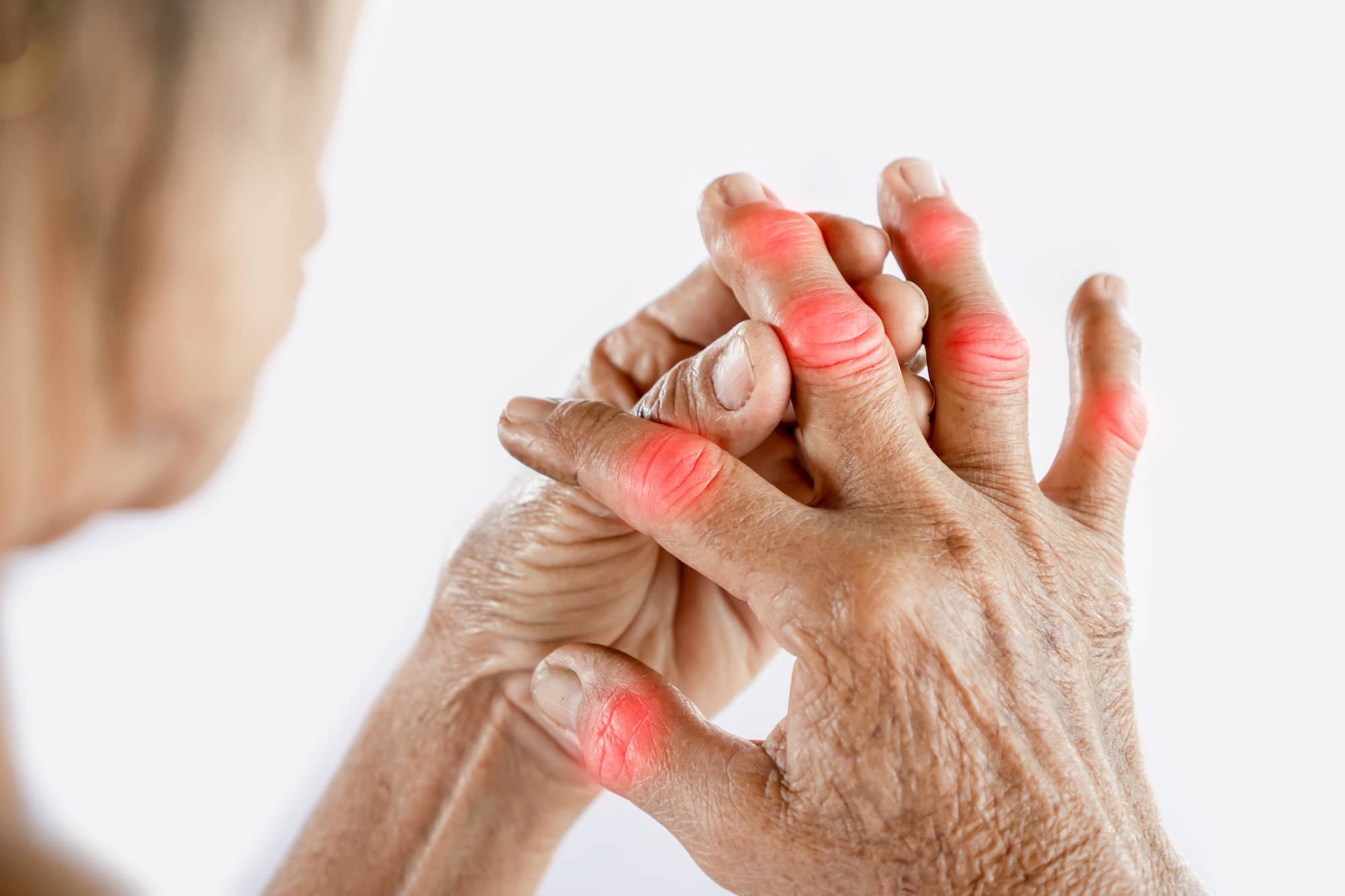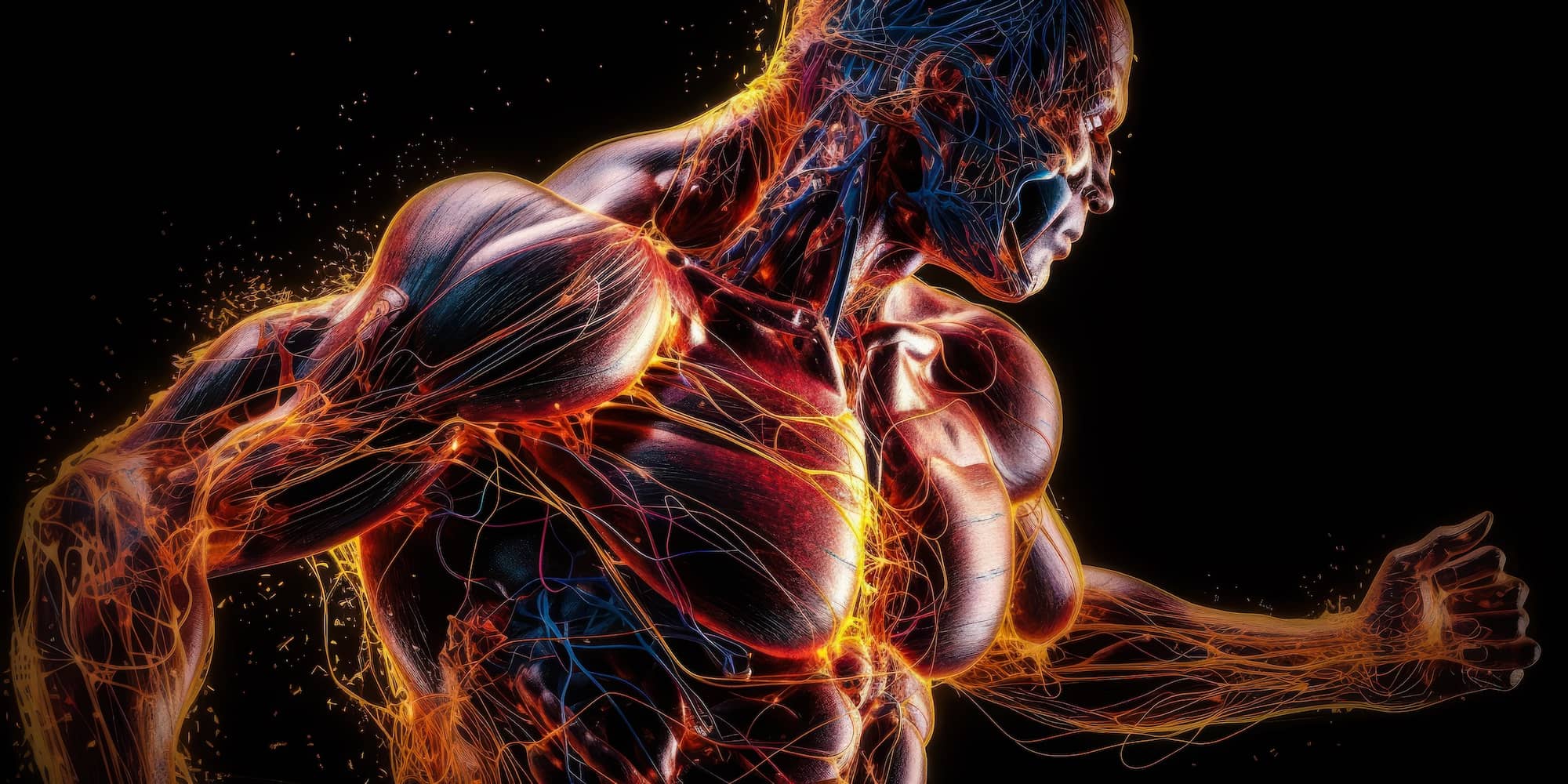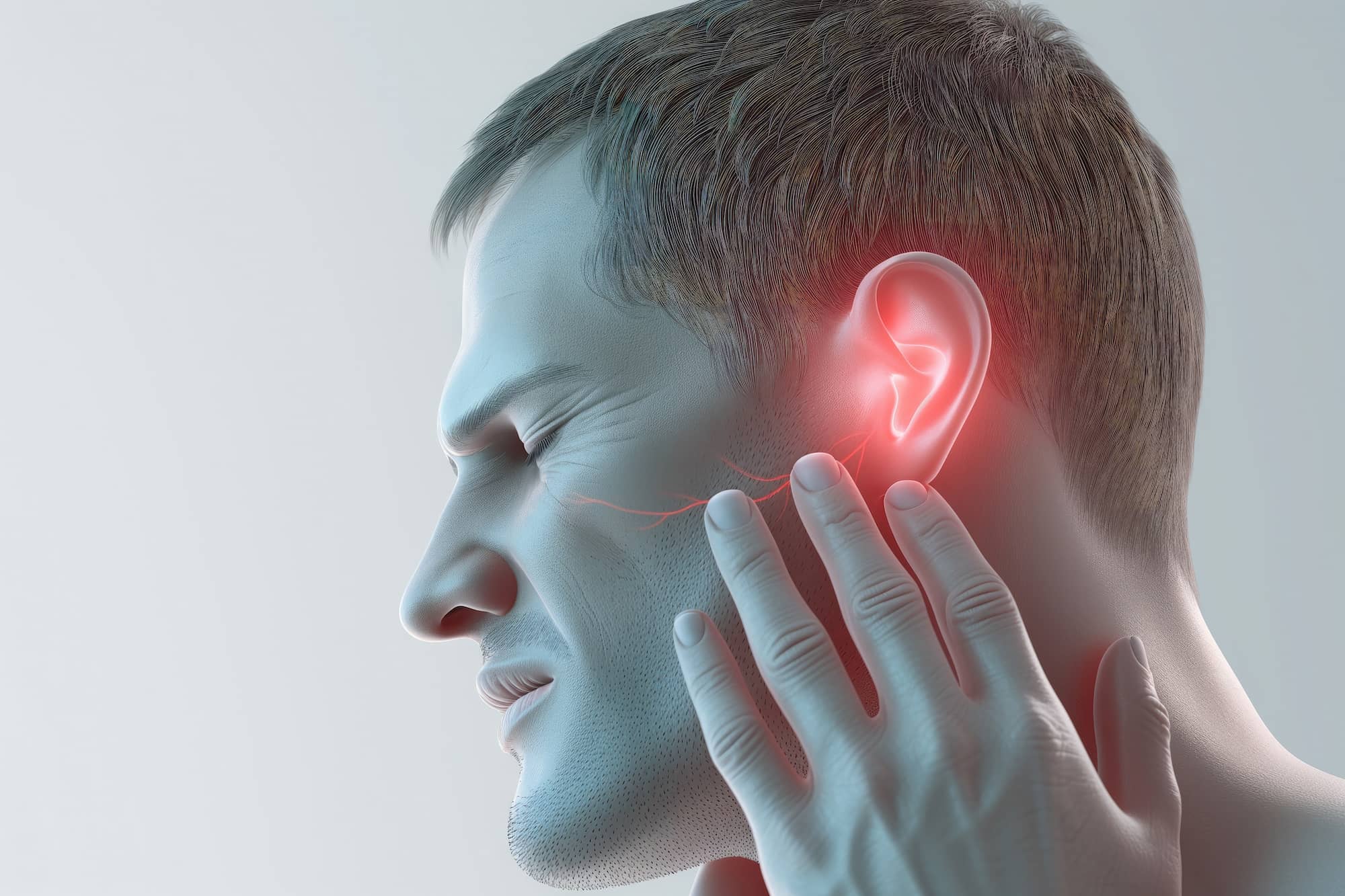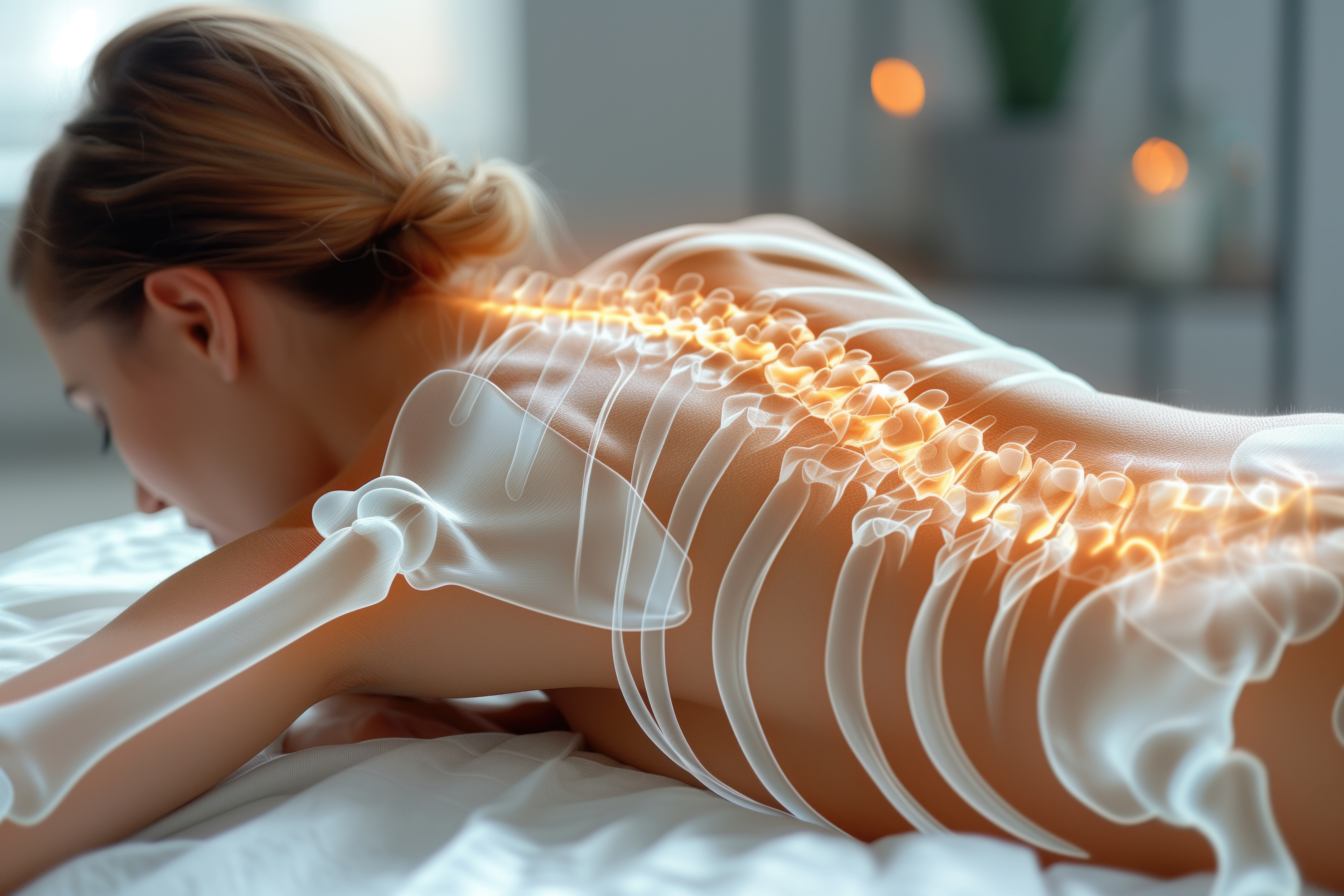Posts by Gregory Lind
The Fall Season
As the fall season approaches, our bodies often face new challenges. Cooler temperatures can lead to stiff joints and tight muscles, while seasonal activities like raking leaves, carrying heavy bags of mulch, or spending more time indoors can strain the body in different ways. Preparing your body for these changes is essential to staying healthy and active throughout the season. Chiropractic care offers a holistic approach to helping your body adapt and thrive during this transition.
One of the key benefits of chiropractic care in the fall is the improvement of joint mobility. As the weather cools, many people experience increased joint stiffness, particularly in the morning or after sitting for long periods. Regular chiropractic adjustments can help maintain or restore joint flexibility, making it easier to move comfortably and preventing the onset of pain or injury.
In addition to enhancing mobility, chiropractic care can also help strengthen your body’s overall posture and alignment. Fall often involves tasks that put extra strain on the body, such as raking leaves or lifting heavier objects. Poor posture during these activities can lead to back pain, neck strain, or even more serious injuries. Chiropractors can provide adjustments that align the spine and pelvis, reducing the risk of injury and helping you maintain proper posture during seasonal chores.
Another benefit of chiropractic care is its potential to boost your immune system. As the fall season brings cooler weather and the start of flu season, maintaining a strong immune system becomes crucial. Chiropractic adjustments support the nervous system, which plays a vital role in overall health, including immune function. By keeping your nervous system functioning optimally, chiropractic care can help your body better defend itself against seasonal illnesses.
By incorporating chiropractic care into your fall routine, you can prepare your body to handle the physical demands of the season, reduce the risk of injury, and support overall health and well-being.
Click here to contact our Office or call (408) 263-8025
Arthritis
Chiropractic treatment offers a holistic approach to managing arthritis, focusing on improving joint function, reducing pain, and enhancing overall mobility. Chiropractic care can be a valuable component of a comprehensive treatment plan, helping individuals with arthritis lead more active and pain-free lives.
One of the primary benefits of chiropractic treatment for arthritis is its emphasis on spinal adjustments. These adjustments aim to correct misalignments in the spine, which can alleviate pressure on the nervous system and improve joint function. When the spine is properly aligned, the body’s ability to heal and function optimally is enhanced. For arthritis patients, this can mean reduced pain, less stiffness, and improved range of motion.
Dr. Lind uses manual therapy techniques, such as joint mobilization and soft tissue manipulation, to address the symptoms. These techniques help to increase joint flexibility, reduce inflammation, and improve circulation in the affected areas. By improving blood flow, chiropractic care can promote the body’s natural healing processes, helping to repair damaged tissues and reduce the severity of symptoms.
In addition to spinal adjustments and manual therapies, chiropractors often provide personalized exercise programs designed to strengthen the muscles surrounding the joints. Stronger muscles can better support the joints, reducing the strain placed on them and, consequently, the pain associated with arthritis. These exercise regimens are typically low-impact, focusing on improving flexibility, balance, and strength without exacerbating joint pain.
Dr. Lind also emphasizes lifestyle modifications that can help manage arthritis symptoms. This may include recommendations for ergonomic changes in daily activities, dietary advice to reduce inflammation, and stress management techniques. Chiropractors take a whole-body approach, addressing not only the physical aspects of arthritis but also the lifestyle factors that can influence the condition.
Moreover, chiropractic treatment is drug-free, making it an appealing option for those seeking to avoid the side effects associated with long-term medication use. By focusing on natural methods of pain relief and joint function improvement, chiropractic care can be an effective complement to other arthritis treatments, such as physical therapy, medication, or surgery.
Dr. Lind offers a multifaceted approach to managing arthritis. Through spinal adjustments, manual therapies, exercise, and lifestyle advice, chiropractors can help individuals with arthritis improve their joint function, reduce pain, and enhance their overall quality of life. This holistic, non-invasive approach makes chiropractic care a valuable option for those looking to manage arthritis naturally and effectively.
Click here to contact our Office or call (408) 263-8025
Travel Tips
Maintaining Spinal Health on Your Summer Vacation
Summer vacations are a time for relaxation and adventure, but long journeys and unfamiliar environments can take a toll on your spine. Maintaining spinal health while traveling is essential to ensure you enjoy every moment of your trip without the discomfort of back pain. Here are some practical tips for keeping your spine in shape during your summer vacation.
1. Choose the Right Luggage
Your choice of luggage can significantly impact your spine. Opt for a suitcase with wheels and a retractable handle to minimize the strain on your back. When using a backpack, make sure it has padded straps and a supportive back panel. Pack light and distribute the weight evenly to avoid putting excessive stress on one side of your body.
2. Practice Good Posture
Whether you’re driving or flying, maintaining good posture is crucial. Sit up straight with your back against the seat and avoid slouching. Use a lumbar support pillow or roll up a towel to place behind your lower back for additional support. Adjust your seat to ensure your knees are at a right angle and your feet are flat on the floor.
3. Take Frequent Breaks
Long periods of sitting can lead to stiffness and back pain. If you’re on a road trip, plan regular stops to stretch and move around. For air travel, take advantage of opportunities to stand up and walk the aisle. Even a few minutes of movement can make a big difference in preventing discomfort.
4. Stretch and Exercise
Incorporate simple stretches and exercises into your travel routine to keep your spine flexible and strong. Gentle neck stretches, shoulder rolls, and lower back stretches can alleviate tension. Additionally, core-strengthening exercises like planks and pelvic tilts help support your spine and improve posture.
5. Stay Hydrated
Hydration is often overlooked but plays a vital role in maintaining spinal health. Dehydration can cause discs in your spine to lose their cushioning, leading to discomfort. Drink plenty of water throughout your journey to keep your discs hydrated and maintain overall health.
6. Mind Your Sleeping Arrangements
Sleeping in an unfamiliar bed can sometimes cause back pain. If possible, bring your own pillow to maintain proper neck alignment. When staying in hotels, request extra pillows to support your back and legs. Experiment with different sleeping positions to find what works best for you.
7. Use Proper Lifting Techniques
When lifting luggage or any heavy items, use proper techniques to protect your spine. Bend at your knees and hips rather than your waist, and keep the item close to your body. Avoid twisting your spine while lifting; instead, pivot with your feet to turn.
8. Listen to Your Body
Lastly, pay attention to your body’s signals. If you experience any discomfort or pain, take a break and address it promptly. Ignoring pain can lead to more severe issues down the line.
By following these travel tips, you can maintain your spinal health and fully enjoy your summer vacation. Prioritizing your spine’s well-being will help ensure you return home feeling refreshed and pain-free. Safe travels!
Click here to contact our Office or call (408) 263-8025
Hydration and Spinal Health
Proper hydration is crucial for overall health, but its significance for spinal health is often overlooked. The spine, a complex structure of bones, discs, and nerves, relies heavily on hydration to function optimally. Drinking enough water can prevent back pain and support spinal integrity, enhancing overall well-being.
The spinal discs, located between the vertebrae, act as cushions to absorb shock and facilitate movement. These discs are primarily composed of water, making hydration essential for their health. When you’re adequately hydrated, the discs maintain their height and flexibility, effectively absorbing impact and reducing the risk of injury. Conversely, dehydration can cause these discs to lose water content, leading to reduced shock absorption and increased susceptibility to wear and tear. Over time, this can result in conditions like herniated discs or degenerative disc disease.
Hydration is also vital in nutrient transport and waste removal in spinal tissues. Adequate water intake ensures that essential nutrients reach the spinal discs, supporting their repair and regeneration. Additionally, water helps remove metabolic waste products, which, if accumulated, can contribute to inflammation and discomfort in the spine.
Beyond the discs, the spinal muscles and ligaments also benefit from proper hydration. These tissues require water to maintain elasticity and strength. Dehydrated muscles are more prone to cramps and spasms, which can lead to back pain and restricted mobility. Ligaments, which connect bones and support the spine, lose their pliability without sufficient hydration, increasing the risk of sprains and strains.
Daily activities, particularly during hot weather or intense physical exertion, can lead to significant fluid loss through sweat. This makes it even more critical to replenish lost fluids to keep your spine healthy. Aim to drink at least eight glasses of water a day, and adjust your intake based on activity level, climate, and individual needs. Foods with high water content, like fruits and vegetables, can also contribute to your hydration goals.
Incorporating hydration into your daily routine is simple but requires mindfulness. Start your day with a glass of water, carry a reusable water bottle, and set reminders if necessary. Pay attention to signs of dehydration, such as dry mouth, dark urine, or fatigue, and respond promptly by increasing your water intake.
In summary, staying hydrated is fundamental to maintaining spinal health. Adequate water intake supports the spinal discs, muscles, and ligaments, preventing back pain and promoting overall spinal integrity. By prioritizing hydration, you’re investing in a healthier spine and a more comfortable, active lifestyle. Drink up and give your spine the support it needs to keep you moving pain-free.
Click here to contact our Office or call (408) 263-8025
Enhancing Athletic Performance
Athletes constantly seek ways of enhancing athletic performance, and one often-overlooked resource is chiropractic care. Chiropractors specialize in optimizing the body’s musculoskeletal and nervous systems, which play crucial roles in athletic performance. Here’s how chiropractors can help athletes achieve their peak potential.
1. Enhancing Biomechanics:
Dr. Lind will focus on ensuring that the body moves correctly and efficiently, identifying and correcting misalignments in the spine and joints, which can impede proper movement. By restoring proper alignment, chiropractors help athletes achieve better posture and movement patterns. This optimization of biomechanics leads to more efficient energy use, reduced fatigue, and improved overall performance.
2. Improving Range of Motion:
A greater range of motion can significantly help in enhancing athletic performance. Dr. Lind uses adjustments and specific techniques to enhance joint mobility. Increased flexibility allows athletes to execute movements with more precision and power. Whether it’s a golfer’s swing, a soccer player’s kick, or a swimmer’s stroke, improved range of motion translates to better performance and reduced risk of injury.
3. Boosting Strength and Stability:
Dr. Lind often incorporates exercises and adjustments that strengthen the core and stabilize muscles. A strong core is essential for maintaining balance and generating power in almost every sport. By targeting these areas, he helps athletes develop a solid foundation that supports their performance. Enhanced strength and stability lead to better control and execution of movements.
4. Accelerating Recovery:
Recovery is a critical component of athletic performance. Chiropractors assist in speeding up the recovery process through various techniques such as spinal manipulations, soft tissue therapy, and electrical stimulation. These methods help reduce inflammation, alleviate pain, and promote healing. Faster recovery means athletes can train harder and more frequently without the setbacks of prolonged soreness or injuries.
5. Preventing Injuries:
Injury prevention is paramount for sustained athletic performance. Chiropractors perform thorough assessments to identify potential weaknesses or imbalances that could lead to injuries. By addressing these issues proactively, they help prevent injuries before they occur. Regular chiropractic care ensures that athletes maintain optimal physical condition, reducing downtime due to injuries.
6. Enhancing Nervous System Function:
The nervous system controls every movement and function in the body. Dr. Lind will ensure that the spine and nervous system are functioning correctly, which can lead to better coordination, quicker reflexes, and improved muscle response. Enhanced nervous system function can make a significant difference in the split-second decisions and movements that often define athletic success.
7. Personalized Care:
Chiropractors tailor their treatments to the specific needs of each athlete. They consider the demands of the sport, the athlete’s physical condition, and any existing injuries. This personalized approach ensures that athletes receive the care that best supports their performance goals.
Dr. Lind offers numerous benefits that can enhance athletic performance. From improving biomechanics and range of motion to boosting strength and preventing injuries, chiropractors play a vital role in helping athletes reach their full potential. By incorporating chiropractic care into their routine, athletes can enjoy improved performance, faster recovery, and prolonged careers.
Click here to contact our Office or call (408) 263-8025
Summer Activities and Chiropractic Care
A Perfect Pair for Optimal Wellness
Summer brings a plethora of outdoor activities that promise fun and adventure, from hiking and swimming to biking and gardening. However, engaging in these activities often puts additional strain on our bodies, making chiropractic care an essential component of summer wellness.
Chiropractic care focuses on maintaining the health of your spine and nervous system, which play a critical role in overall body function. When your spine is properly aligned, your body operates more efficiently, reducing the risk of injuries and enhancing your performance in various activities.
One of the primary benefits of chiropractic during the summer is injury prevention. Outdoor activities, while enjoyable, can lead to common injuries such as sprains, strains, and back pain. Dr. Gregory Lind uses adjustments to ensure that your spine and joints are correctly aligned, which helps prevent these injuries. For example, a well-aligned spine can reduce the risk of a pulled muscle while hiking or cycling.
Additionally, chiropractic care enhances athletic performance. Whether you’re an avid runner, a dedicated swimmer, or a weekend warrior, regular chiropractic adjustments can improve your flexibility, balance, and overall physical function. This is because chiropractic care helps optimize your body’s biomechanics, allowing you to move more freely and efficiently. As a result, you can enjoy your favorite summer activities with greater endurance and less discomfort.
Recovery is another crucial aspect of summer wellness where chiropractic care shines. After a day of intense activity, your muscles and joints may feel sore and fatigued. Chiropractic adjustments can alleviate this discomfort by promoting better circulation and reducing inflammation. This not only speeds up recovery but also helps prevent chronic pain and long-term injuries.
For specific activities, Dr. Lind offers tailored advice to maximize benefits and minimize risks. For instance, they can provide guidance on proper posture and technique for biking and hiking, which are critical for preventing back and neck pain. They also recommend warm-up and cool-down exercises that prepare your body for physical exertion and help it recover afterward.
Gardening, another popular summer pastime, often leads to back strain due to prolonged bending and lifting. Chiropractors can suggest ergonomic practices and stretches to keep your spine healthy while you tend to your garden.
Incorporating chiropractic care into your summer routine ensures you remain active, healthy, and pain-free. Regular check-ups with your chiropractor can identify and address potential issues before they become serious problems. This proactive approach to health allows you to fully enjoy all the adventures that summer has to offer.
So, as you plan your summer activities, remember to include chiropractic care in your wellness strategy. It’s a small investment that yields significant rewards, keeping you vibrant and energized throughout the season.
Click here to contact our Office or call (408) 263-8025
Earaches
Dr. Lind can play a significant role in alleviating earaches through a variety of techniques that address the underlying causes of this common condition. By focusing on the alignment and function of the spine and nervous system, chiropractors can reduce pressure and improve drainage in the areas related to ear pain.
One primary way Dr. Lind can help with earaches is by adjusting the upper cervical spine, specifically the area around the atlas and axis vertebrae. Misalignments in this region can lead to nerve interference, which may contribute to ear discomfort and infections. Through precise adjustments, chiropractors can correct these misalignments, promoting better nerve function and reducing the likelihood of earaches.
Additionally, chiropractors often employ techniques to enhance lymphatic drainage. Poor drainage can result in fluid buildup behind the eardrum, leading to pressure and pain. By using gentle manual therapy, chiropractors can stimulate lymphatic flow, aiding in the reduction of fluid accumulation and subsequently decreasing earache symptoms.
Chiropractic care also emphasizes the importance of a healthy nervous system. The nervous system controls many bodily functions, including those related to the ears. When there is optimal communication between the brain and the body, the chances of developing earaches decrease. Chiropractors ensure this by providing adjustments that maintain the health and integrity of the spinal cord and nerves.
In cases of chronic ear infections, particularly in children, chiropractic care can be a valuable alternative to repeated antibiotic treatments. By addressing structural issues and improving immune system function through spinal adjustments, chiropractors can help reduce the frequency and severity of ear infections. Parents often seek chiropractic care for their children to avoid the side effects and potential resistance associated with long-term antibiotic use.
Moreover, chiropractors educate patients on lifestyle factors that can impact ear health. This may include advice on proper posture, nutrition, and exercises that support spinal health and overall well-being. For instance, maintaining good posture ensures that the Eustachian tubes, which connect the middle ear to the back of the throat, remain unobstructed, facilitating proper drainage and reducing the risk of earaches.
Dr. Lind offers a holistic approach to managing earaches by addressing spinal misalignments, promoting lymphatic drainage, and supporting a healthy nervous system. Through these methods, they not only provide relief from ear pain but also work towards preventing future occurrences, offering a natural and effective solution for those suffering from earaches.
Click here to contact our Office or call (408) 263-8025
Lifestyle Choices
Chiropractic care isn’t just a quick fix for back pain; it’s a lifestyle choice that promotes overall wellness and vitality. By actively engaging in chiropractic treatments, individuals embrace a proactive approach to their health, focusing on the body’s natural ability to heal and thrive.
At its core, this form of care centers around the alignment of the spine and nervous system. Through adjustments and manipulations, chiropractors seek to correct misalignments, known as subluxations, that may disrupt the body’s innate ability to function optimally. Restoring proper alignment enhances nervous system function, facilitating communication between the brain and the rest of the body.
Lifestyle choices mean prioritizing preventive care over reactive measures. Rather than waiting for symptoms to arise, individuals proactively seek adjustments to maintain spinal health and overall well-being. This proactive approach can help prevent injuries, alleviate pain, and enhance mobility, allowing individuals to live life to the fullest.
Regular chiropractic adjustments can have a profound impact on various aspects of health, including posture, immune function, and even mood. Proper spinal alignment promotes better posture, reducing strain on muscles and joints and decreasing the risk of chronic pain conditions. Additionally, chiropractic care has been shown to enhance immune function, helping the body defend against illness and disease more effectively. Moreover, by reducing tension and improving nervous system function, chiropractic adjustments can alleviate stress and promote a sense of well-being.
Incorporating chiropractic care into one’s lifestyle extends beyond occasional adjustments; it encompasses a holistic approach to health. Chiropractors often provide guidance on nutrition, exercise, and stress management to support overall wellness. By addressing lifestyle factors that may contribute to spinal misalignments and health issues, individuals can experience long-term benefits and improved quality of life.
Embracing chiropractic as a lifestyle choice empowers individuals to take an active role in their health journey. Rather than relying solely on medication or invasive procedures, individuals can harness the body’s innate healing abilities with natural, non-invasive chiropractic care. This approach not only treats symptoms but addresses the underlying cause of health issues, promoting long-term wellness and vitality.
Lifestyle choices, which include chiropractic care are suitable for individuals of all ages, from infants to seniors. By starting chiropractic care early in life, individuals can establish a foundation for lifelong health and wellness. Whether seeking relief from pain, enhancing athletic performance, or simply optimizing health, chiropractic care offers a holistic and proactive approach to well-being.
Choosing chiropractic as a lifestyle is a commitment to proactive health management and overall well-being. By prioritizing spinal health and embracing holistic care, individuals can experience the profound benefits of chiropractic on their journey to optimal health and vitality.
Click here to contact our Office or call (408) 263-8025
Anxiety
Dr. Lind offers a holistic approach to combating stress and anxiety, addressing both the physical and mental aspects of these conditions. Through adjustments and manipulations, chiropractors target the nervous system, spine, and musculoskeletal system, aiming to restore balance and alleviate tension that contributes to stress and anxiety.
One of the primary ways chiropractic care helps with stress and anxiety is by reducing muscle tension. Stress often manifests physically, causing muscles to tighten and contract, leading to discomfort and pain. Chiropractic adjustments release tension in the muscles, promoting relaxation and easing the physical symptoms of stress. By aligning the spine and releasing pressure on nerves, chiropractors can help the body achieve a state of balance, which can contribute to a reduction in overall stress levels.
Not only, but also, chiropractic adjustments can directly impact the nervous system, which plays a crucial role in regulating stress and anxiety responses. Misalignments in the spine, known as subluxations, can interfere with the proper functioning of the nervous system, exacerbating stress and anxiety symptoms. Through targeted adjustments, chiropractors can correct these misalignments, improving nervous system function and promoting a sense of calm and well-being.
In addition to physical techniques, chiropractors often incorporate other holistic approaches to stress and anxiety management into their treatments. This may include lifestyle recommendations such as exercise, nutrition, and relaxation techniques like breathing exercises or meditation. By addressing both the physical and lifestyle factors contributing to stress, chiropractic care offers a comprehensive approach to managing anxiety.
As a matter of fact, chiropractic care can have a positive impact on overall health and wellness, which can indirectly reduce stress and anxiety levels. When the body is functioning optimally, it is better equipped to handle the challenges and demands of daily life, reducing the likelihood of feeling overwhelmed or anxious. By promoting proper alignment, mobility, and overall health, chiropractic care supports the body’s ability to adapt to stressors and maintain a sense of balance.
It’s important to note that while chiropractic care can be beneficial for managing stress and anxiety, it is not a replacement for traditional mental health treatments such as therapy or medication. However, it can complement these approaches by addressing physical aspects of stress and anxiety and promoting overall well-being.
Chiropractic care offers a proactive and holistic approach to managing stress and anxiety. By addressing physical tension, improving nervous system function, and promoting overall health and wellness, chiropractors help individuals better cope with the challenges of daily life and experience a greater sense of calm and balance.
Click here to contact our Office or call (408) 263-8025
Seasonal Aches and Pains
Seasonal changes often bring about shifts in our activities, routines, and even physical health. From the chill of winter to the warmth of summer, our bodies adapt to these transitions, sometimes experiencing aches and pains along the way. Dr. Lind can play a crucial role in managing these seasonal discomforts, offering relief, and promoting overall wellness through targeted interventions and personalized care.
One of the primary ways a chiropractor helps manage seasonal aches and pains is by addressing misalignments in the spine, known as subluxations. These misalignments can occur due to various factors, including changes in activity levels, posture, and even environmental conditions. By using manual adjustments and spinal manipulation techniques, chiropractors can realign the vertebrae, reducing pressure on nerves and restoring proper function to the musculoskeletal system.
Moreover, a good chiropractor takes a holistic approach to care, considering the interconnectedness of the body systems and the underlying causes of discomfort. This means that they don’t just focus on alleviating symptoms but also strive to identify and address the root issues contributing to the pain. For instance, if seasonal changes lead to increased muscle tension or stiffness, a chiropractor may recommend complementary therapies such as massage, stretching exercises, or ergonomic adjustments to promote relaxation and flexibility.
Furthermore, chiropractors are trained to assess and treat a wide range of musculoskeletal conditions, including those exacerbated by seasonal factors. Whether it’s back pain from shoveling snow in the winter or joint stiffness from outdoor activities in the summer, a skilled chiropractor can develop customized treatment plans tailored to the individual needs and preferences of each patient. This personalized approach ensures that patients receive the most effective and appropriate care for their specific situation.
In addition to hands-on treatments, chiropractors often educate their patients on lifestyle modifications and self-care strategies to manage seasonal aches and pains more effectively. This may include advice on ergonomics, posture correction, exercise routines, nutritional support, and stress management techniques. By empowering patients with the knowledge and tools to take an active role in their health and well-being, chiropractors promote long-term relief and resilience against seasonal challenges.
A good chiropractor serves as a valuable ally in the battle against seasonal aches and pains, offering expert guidance, personalized treatments, and holistic care to address both the symptoms and underlying causes of discomfort. By restoring balance to the body and optimizing its natural healing abilities, chiropractors help patients navigate seasonal transitions with greater ease and comfort, enabling them to enjoy life to the fullest year-round.
Click here to contact our Office or call (408) 263-8025









